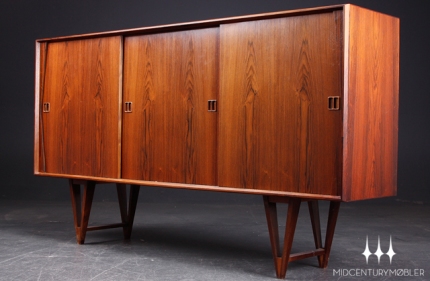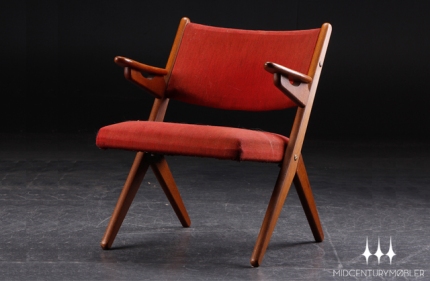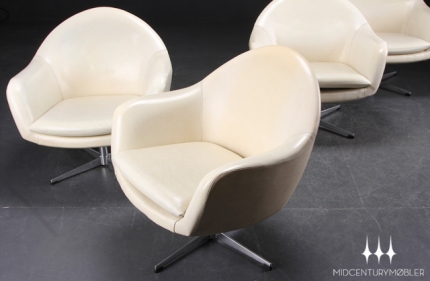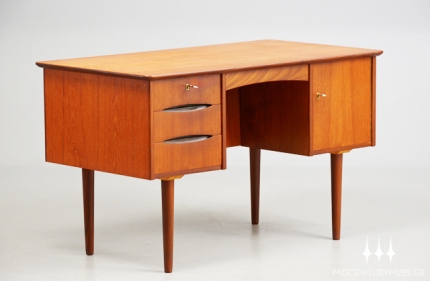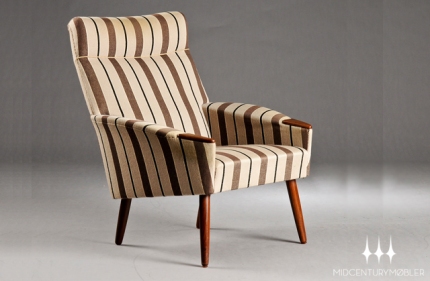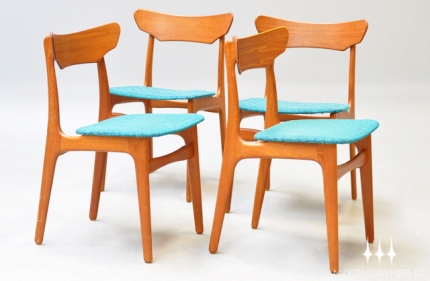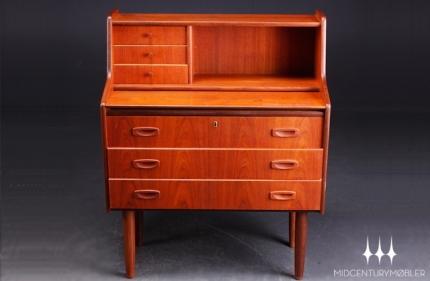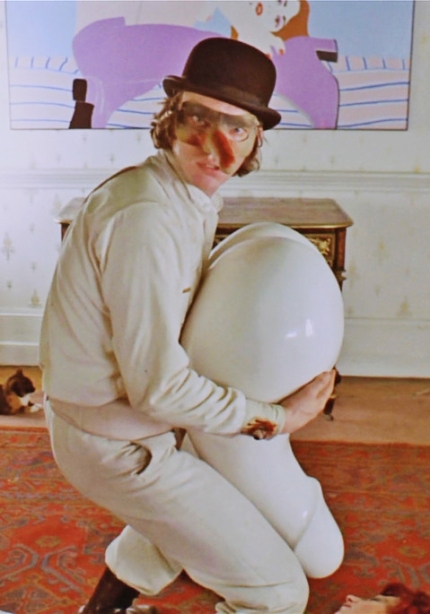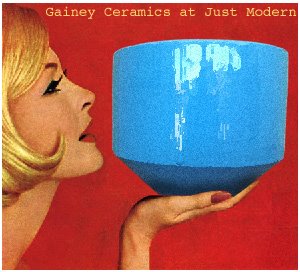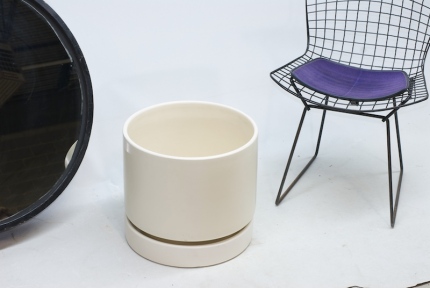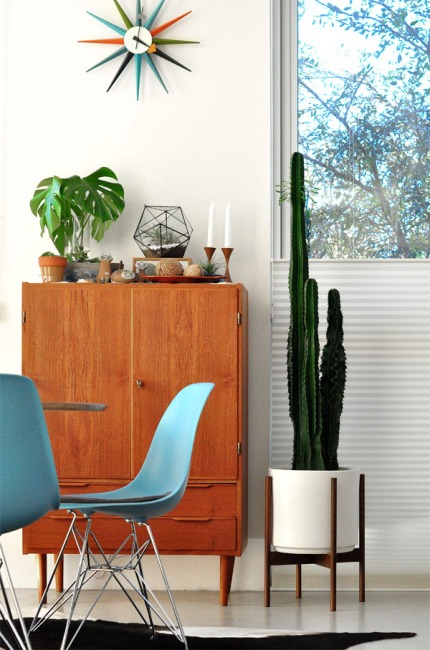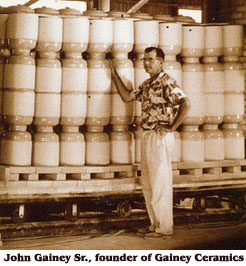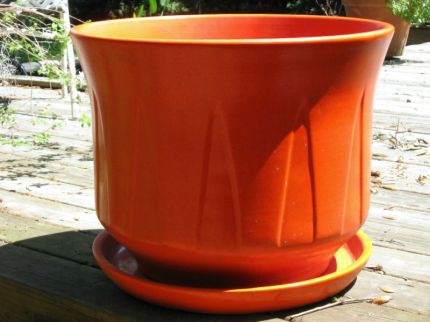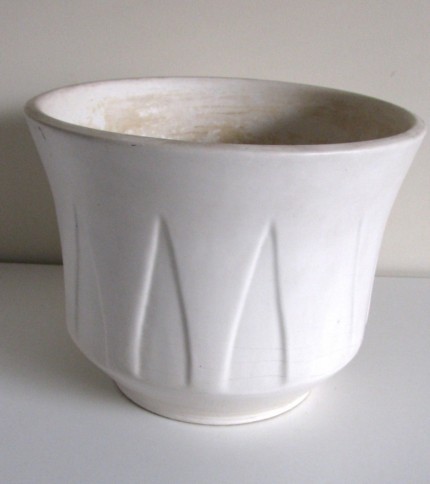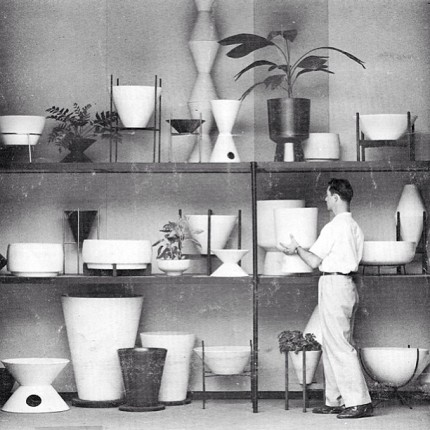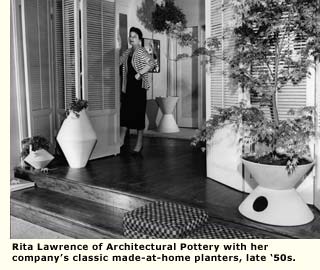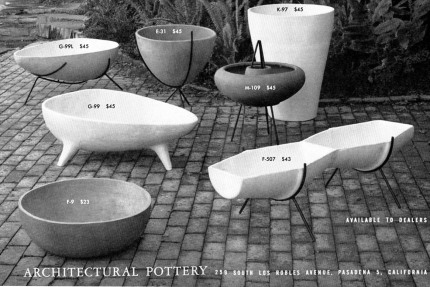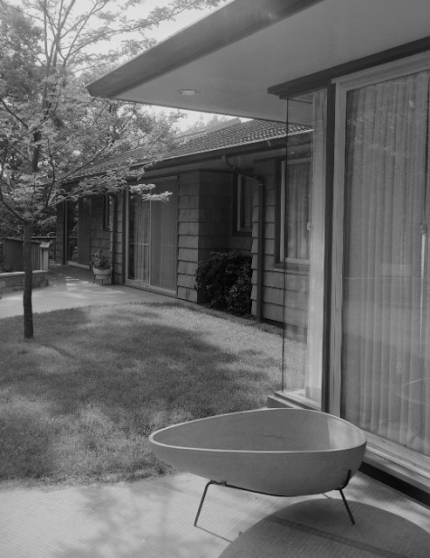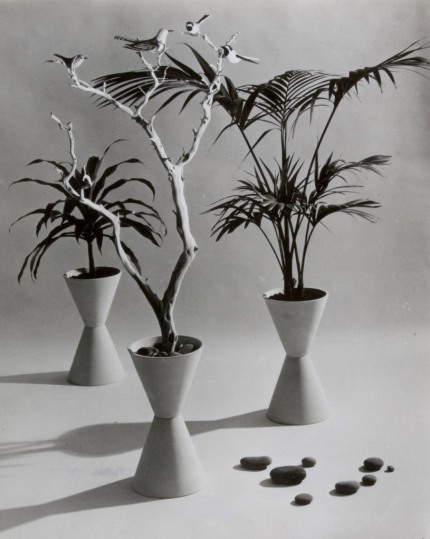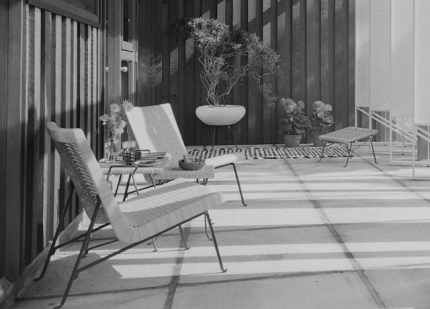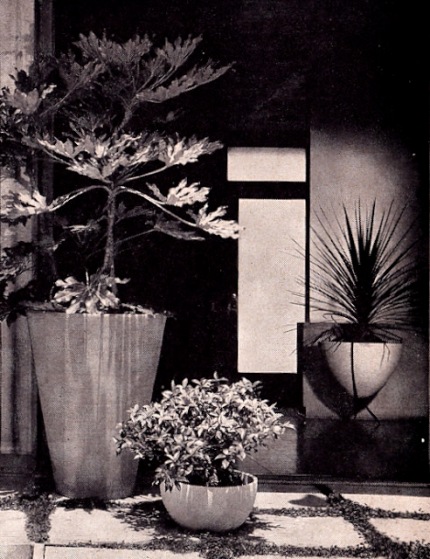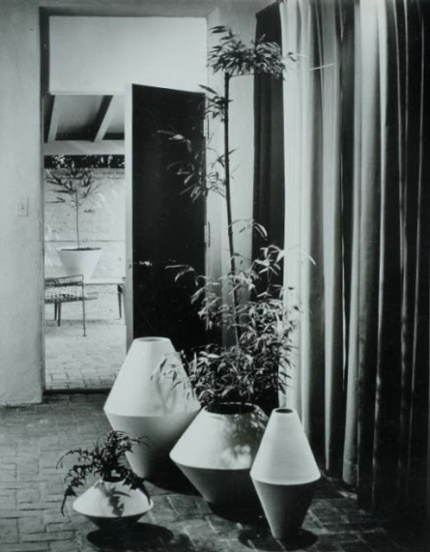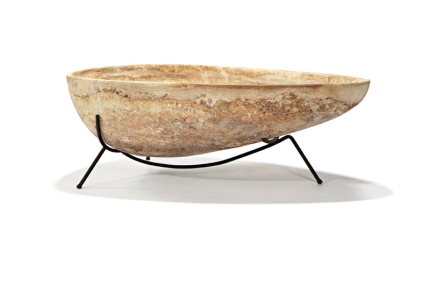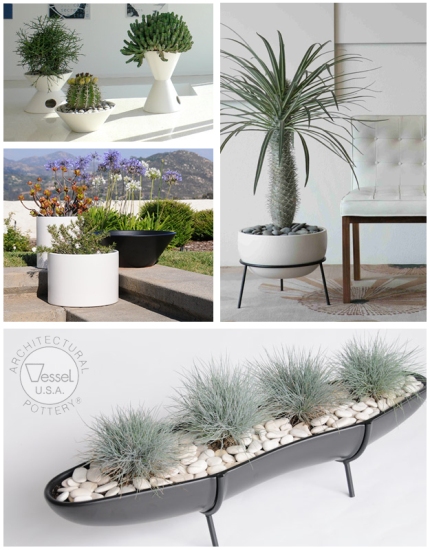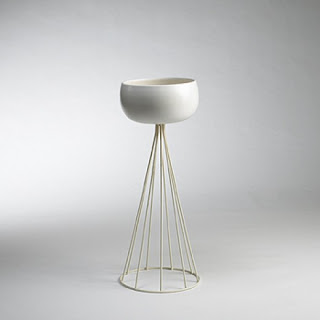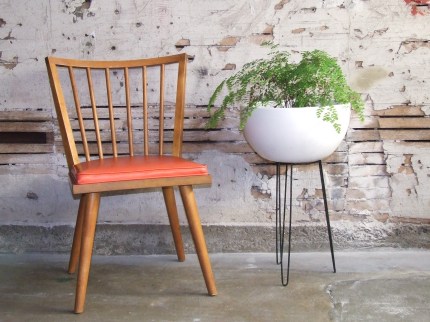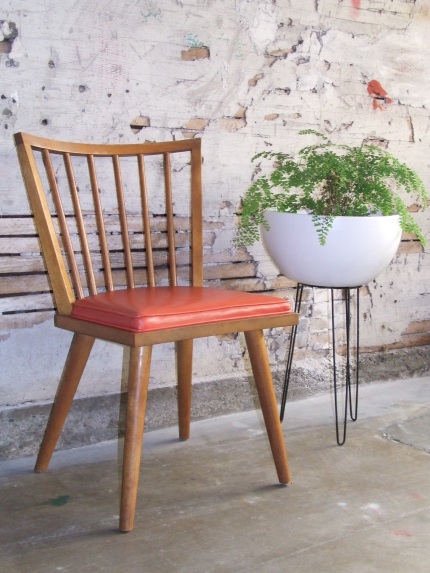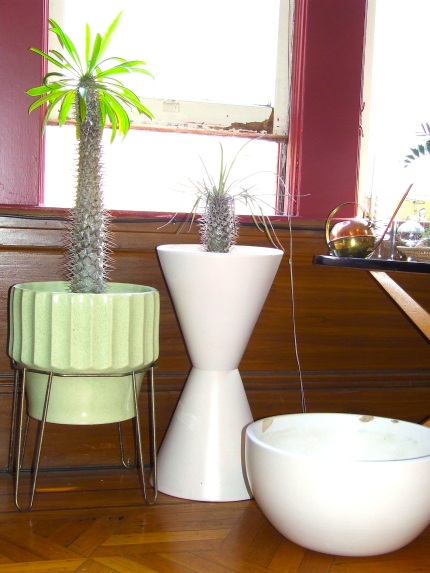GREAT NEWS FOR MID CENTURY MODERN ADMIRERS IN THE BAY AREA!!
A new Mid Century Mobler 40 ft container from Denmark is set to arrive on February 20th and the store will be taking appointments at their new 5000 square foot warehouse starting Saturday Feb 23rd. The container is full of great and highly collective pieces.
With a new 5000 square feet of showroom space, Mid Century Mobler is the largest Mid Century furniture dealer in Northern California, specializing in authentic Danish Modern and American Mid Century furniture from the 1950s and 1960s. Congratulations to Mid Century Mobler!! What a huge improvement. I remember when MCM was a smaller store selling modern items in a garage in the upper Castro a couple of years ago.
VIEWING:
If you’re local (San Francisco Bay Area) and are interested in seeing a piece in person, contact the store via CONTACT page. Pieces can be viewed by appointment 7 days a week. New warehouse address: 1220 Shotwell Street, San Francisco.
You can also get in touch with via:
Email: info@midcenturymobler.com
Phone: 415-497-6626.
GET A 15% OFF ON ALL ITEMS
Our friends over at Mid Century Mobler want to offer readers of A San Francisco Clockwork Orange a discount on all online orders. Specializing in Danish and American mid century modern furniture, you’ll discover stunning pieces imported to the US from England and Denmark. Shop MidCenturyMobler.com and get 15% OFF all items using code SFCO15.
FEW PICTURES OF SOME OF THE NEW PIECES ARRIVING NEXT WEEK IN THE NEW CONTAINER.

